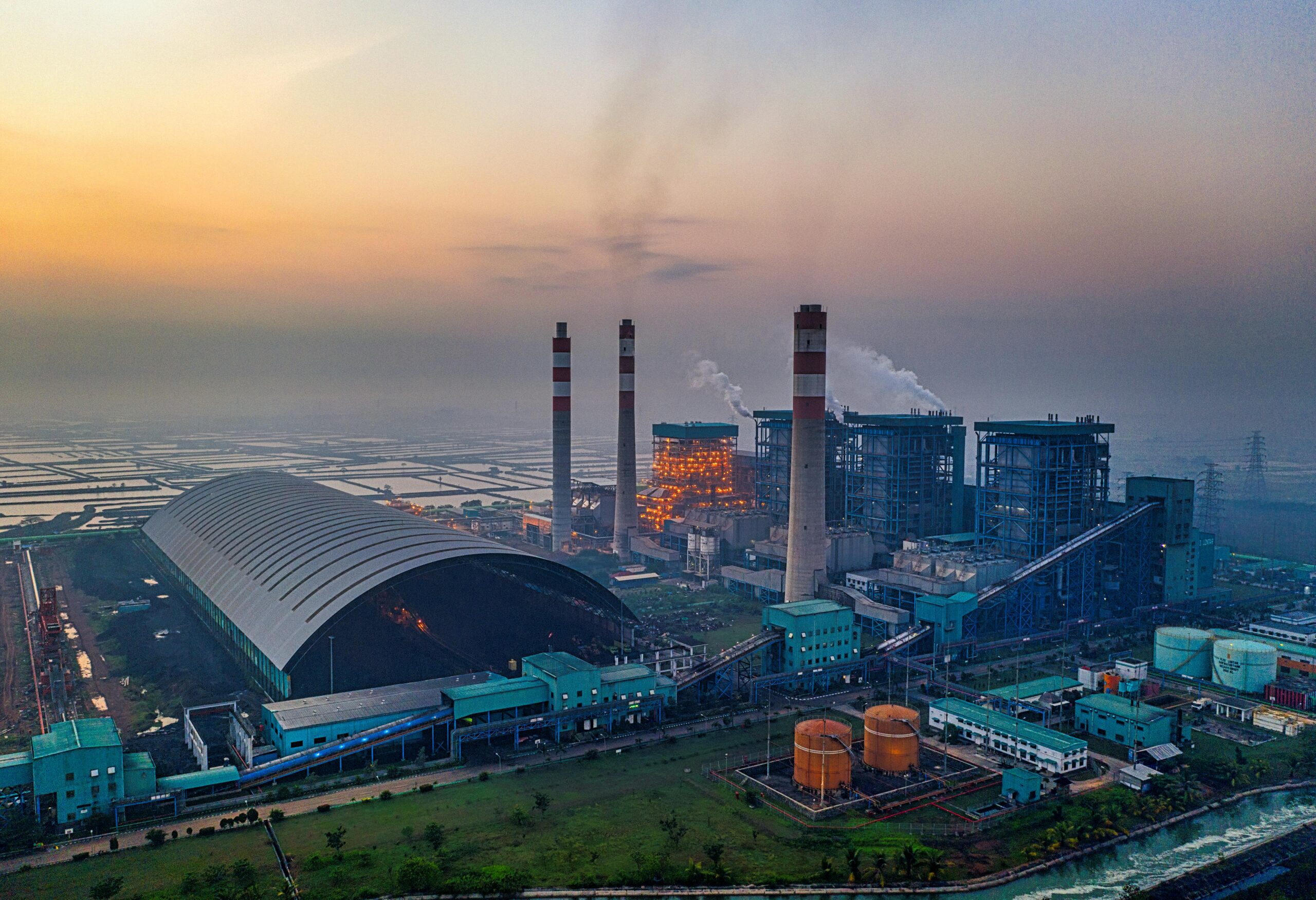In a surprising policy pivot, the U.S. Department of Energy has pulled the plug on $3.7 billion in funding earmarked for carbon capture projects — a move that’s already shaking up the clean energy landscape. Among the affected were high-profile initiatives by Calpine, ExxonMobil, Ørsted, and PPL Corp. This sweeping carbon capture funding cancellation casts a spotlight on deeper concerns: Are these technologies truly viable at scale? And what does this mean for the future of America’s decarbonization roadmap?
Projects Affected by the Carbon Capture Funding Cancellation
According to the Department of Energy, the canceled grants were largely tied to carbon capture and storage (CCS) and broader industrial decarbonization efforts. Following a detailed financial review, DOE determined that the projects lacked economic viability and did not sufficiently support the nation’s evolving clean energy goals.
Highlights of the Canceled Projects:
| Company | Project Name | Location | Type | Cancelled Grant Value |
|---|---|---|---|---|
| Calpine | Sutter CCS | Yuba City, CA | Gas-fired power plant with CCS | $270 million |
| Calpine | Baytown CCS | Baytown, TX | Gas-fired power plant with CCS | $270 million |
| ExxonMobil | Not disclosed | Various | Industrial CCS | Not disclosed |
| Ørsted | Not disclosed | Various | Industrial decarbonization | Not disclosed |
| PPL Corp | Not disclosed | Various | Power plant carbon management | Not disclosed |
This marks the most significant carbon capture funding cancellation since the launch of DOE’s Office of Clean Energy Demonstrations in 2021.

Why Were the Carbon Capture Grants Cancelled?
The DOE cited three main reasons behind this funding reversal:
- Failure to align with U.S. clean energy goals
- Lack of economic feasibility
- Insufficient return on taxpayer investment
Timeline of Cancelled Awards:
| Award Period | Number of Cancelled Projects |
|---|---|
| Nov 2016 – Jan 2021 (Trump Era) | 16 |
| 2022 – 2024 (Recent) | 8 |
These cancellations form part of a broader review process involving 179 awards totaling $15 billion, currently under DOE evaluation.
Background: Office of Clean Energy Demonstrations (OCED)
Established in late 2021, the OCED was designed to oversee funds from the Infrastructure Investment and Jobs Act (IIJA) and the Inflation Reduction Act (IRA).
Core Responsibilities of OCED:
| Function | Description |
|---|---|
| Project funding | Supports carbon capture, storage, and renewables |
| Economic and technical review | Ensures return on federal investment |
| Technology deployment | Focuses on large-scale demonstration projects |
The office currently manages $27 billion in funding across various clean energy initiatives.
Impacts on Construction, Energy & Infrastructure Sectors
1. Delays in Low-Carbon Infrastructure Projects
The cancellation is likely to delay CCS infrastructure rollouts, particularly for gas-fired power plants and large industrial facilities.
2. Setback for Engineering and Construction Firms
Companies specializing in:
- CCS equipment supply
- Heavy industrial construction
- Environmental project engineering
will face reduced demand and uncertain prospects in the near term.

Industry and Environmental Voices
The carbon capture funding cancellation was met with strong criticism from both the energy and environmental sectors.
| Speaker | Organization | Statement |
|---|---|---|
| Steven Nadel | American Council for an Energy-Efficient Economy | “Locking domestic plants into outdated technology hurts U.S. competitiveness.” |
| Jessie Stolark | Carbon Capture Coalition | “A major setback in deploying CCS across key industries.” |
| Iliana Paul | Sierra Club | “This decision undermines communities, workers, and forward-thinking companies.” |
What’s Next?
The DOE has clarified that this is only the initial phase of a broader funding review. Future priorities will include:
- Projects with advanced feasibility studies
- Scalable technologies with commercial potential
- Solutions with long-term environmental and community benefits
This decision by the DOE doesn’t just impact budgets or timelines—it directly affects the people behind these projects, from engineers and contractors to local communities hoping for cleaner air and new job opportunities. It’s a reminder that while innovation is crucial, practical and economic realities must guide how we move forward. The path to a sustainable energy future is complex, requiring a balance between ambitious goals and feasible solutions. Stakeholders will need to collaborate closely to develop carbon capture technologies that are not only environmentally effective but also economically sound and socially responsible.
The cancellation of major DOE grants, particularly those tied to carbon capture technologies, sends ripples through the engineering, energy, and environmental sectors. While the Department of Energy argues for economic prudence, many in the industry view the decision as a setback for innovation and climate progress. For engineers and project developers, this moment highlights the crucial need for resilient project planning, diversified funding strategies, and continuous advocacy for clean energy solutions. As the landscape of American energy policy continues to shift, staying informed and adaptive remains essential.







